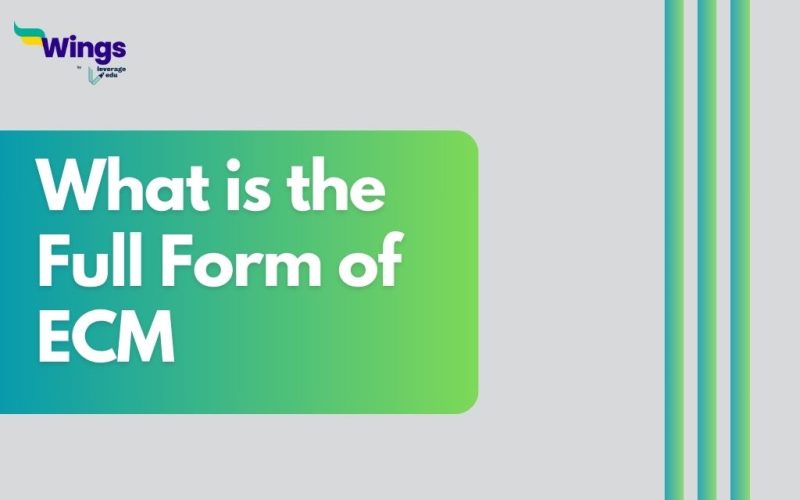ECM full form is Enterprise Content Management. It is an advanced approach to content management that goes beyond basic document management. It involves the organization, storage, preservation, and delivery of content and documents related to organizational processes. ECM systems typically incorporate timelines for content items and may enforce specific processes for creation, approval, and distribution.
Key aspects of ECM
Table of Contents [show]
Key aspects of ECM include:
- Secure Repository: ECM systems offer a secure repository for managing both analog and digital content. This repository ensures the safe storage and accessibility of important organizational documents and data.
- Importing Methods: ECM systems provide methods for importing new content into the system, whether it’s paper documents, electronic files, database print streams, or emails.
- Presentation Methods: ECM systems offer various presentation methods to make content available for use by employees within the organization.
- Processes and Procedures: ECM is designed with an understanding of the specific processes and procedures of the enterprise it serves, making it tailored to the organization’s needs.
- Digital Rights Management (DRM): While ECM systems can include DRM for content protection, it is not always a requirement.
Components of ECM:
ECM is divided into five key components: Capture, Manage, Store, Preserve, and Deliver. Each component plays a crucial role in the ECM ecosystem.
- Capture: Involves converting physical and electronic information into a consistent structure, often using scanning and recognition technologies.
- Manage: Encompasses document management, collaboration, web content management, records management, and workflow management.
- Store: Temporary storage for information, including various types of repositories and library services.
- Preserve: Focuses on the long-term, secure storage and backup of unchanging information.
- Deliver: Involves presenting and distributing information from the ECM system to users and other systems.
Methods of ECM Deployment:
ECM can be deployed through various methods:
- On-Premises Software: Installed on an organization’s network.
- Software as a Service (SaaS): Accessible via the web on a software manufacturer’s system.
- Hybrid: Combines on-premises and SaaS components.
- Infrastructure as a Service (IaaS): Provides online services that abstract infrastructure details.
Must Read: What Is The Full Form Of CCL?
I trust that you’ve discovered the information regarding ECM full form. Please feel free to continue exploring our page for additional full forms and related content. If you have any more questions or need further assistance, don’t hesitate to reach out.
 One app for all your study abroad needs
One app for all your study abroad needs















 45,000+ students trusted us with their dreams. Take the first step today!
45,000+ students trusted us with their dreams. Take the first step today!
